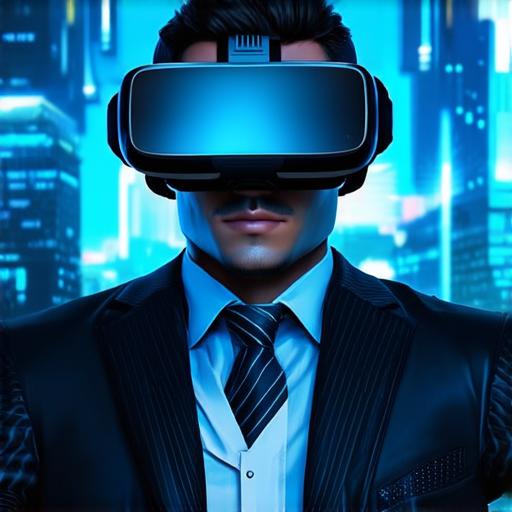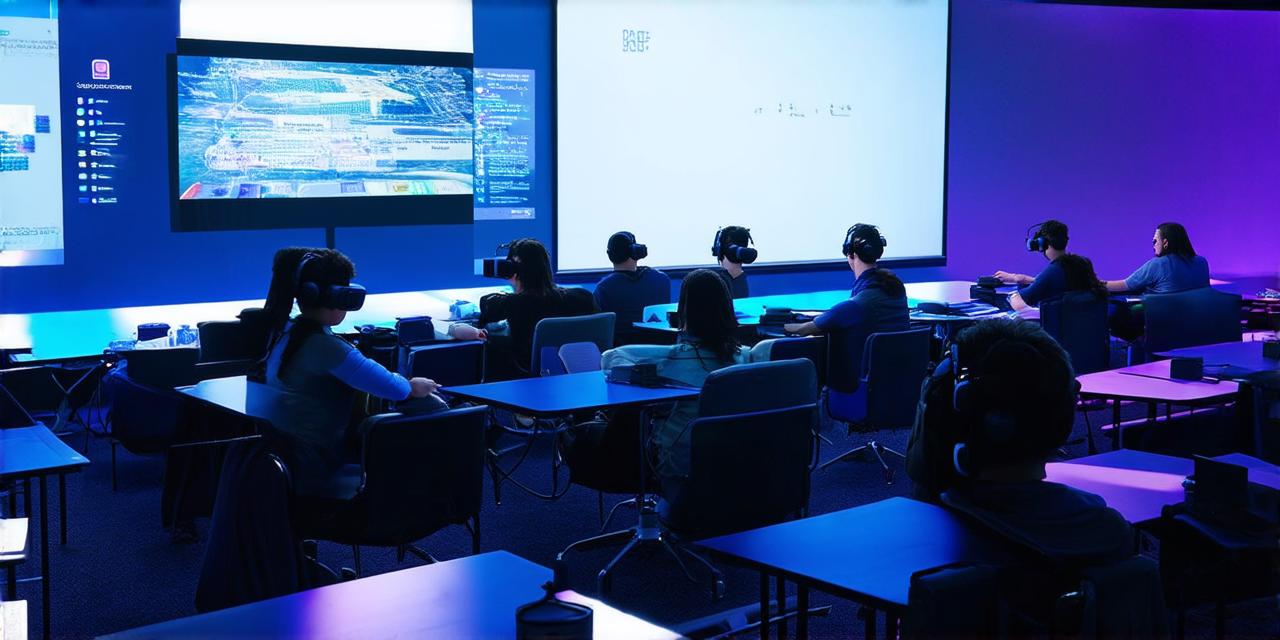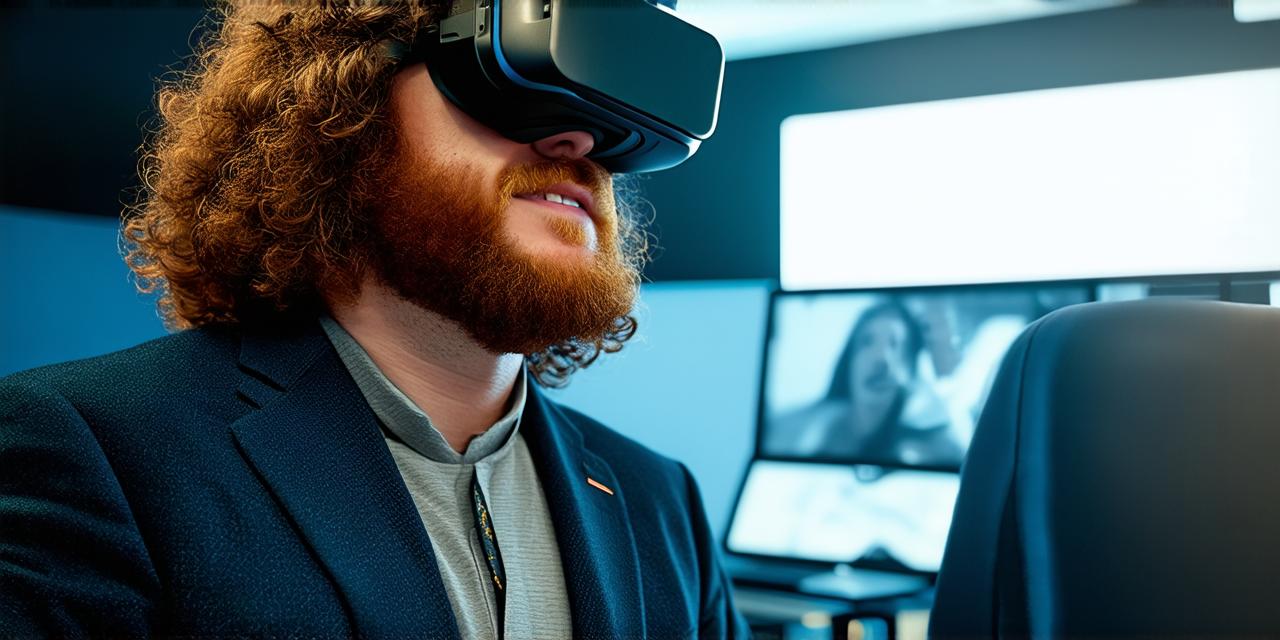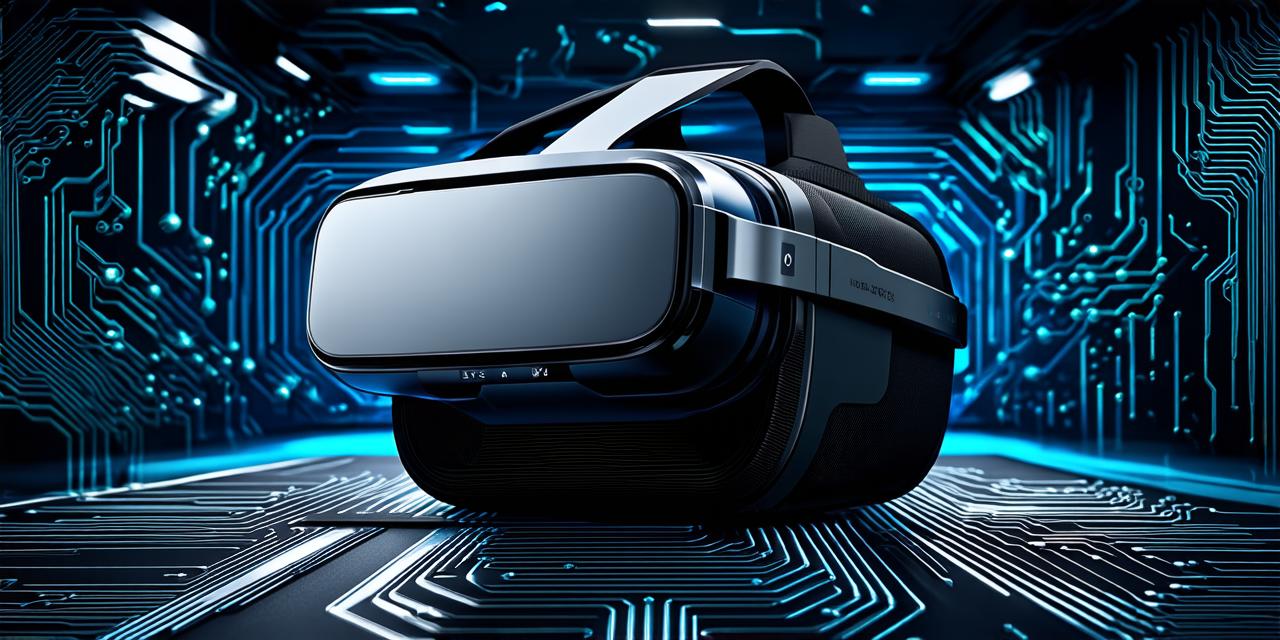
1. Expensive Equipment
One of the biggest limitations of VR is its expensive equipment. VR headsets can cost anywhere from a few hundred dollars to several thousand dollars, making it difficult for small businesses or individuals with limited budgets to invest in this technology. Additionally, VR controllers and computers needed to run the software are also quite expensive.
2. Limited Interaction
Another limitation of virtual reality is its limited interaction capabilities. While VR can simulate a wide range of environments and experiences, it still lacks the ability for users to interact with those environments in the same way they would in the real world. This can make some tasks and activities difficult or impossible to replicate in VR.
3. Limited Accessibility
Virtual reality can also have limited accessibility issues for certain users. For example, individuals with motion sickness or vertigo may find it difficult to use VR technology without experiencing adverse effects. Additionally, some users may be unable to physically interact with the virtual environment due to disabilities or other physical limitations.
4. Limited Realism
While virtual reality technology has come a long way in terms of realism, there are still some limitations that can impact the immersion and effectiveness of the experience. For example, VR may not be able to accurately replicate certain sensory inputs such as touch or smell, which can limit the user’s ability to fully immerse themselves in the virtual world.
5. Limited Social Interaction
Virtual reality technology can be used to facilitate social interaction in a virtual world, but it still lacks the same level of interaction and connection as real-world social experiences. This can make it difficult for users to form meaningful relationships or engage in collaborative activities that require more complex social interactions.
6. Limited Scalability
Virtual reality technology can be used to create immersive and interactive experiences for individuals, but it may not be suitable for larger audiences or more complex applications. For example, VR technology may not be able to scale to accommodate a large number of users simultaneously, which could limit its usefulness in certain contexts such as education or training.
7. Limited Research and Development
Finally, the limitations of virtual reality technology may impact the research and development efforts of AR developers. For example, VR technology may not be able to replicate certain environmental or physical conditions that are important for scientific experiments or simulations. Additionally, VR technology may not be suitable for all types of research studies, such as those involving human subjects.
Conclusion
In conclusion, virtual reality technology has its limitations that AR developers need to consider when designing their applications. While VR can offer an immersive and interactive experience, it is still expensive, limited in terms of interaction and realism, and may not be suitable for all users or contexts. As AR developers, we need to focus on creating engaging and accessible experiences that are designed to enhance the user’s understanding or experience of a particular subject matter. By doing so, we can create applications that are both effective and impactful, and have a positive impact on the world around us.




